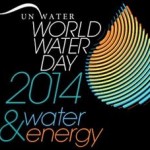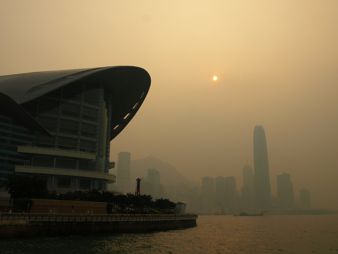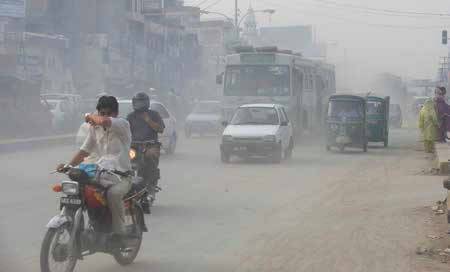 Dakar – As Africa urbanizes at a faster rate than any other region in the world, a more integrated approach to urban water management is needed to solve complex water challenges in Africa’s teeming, thirsty cities, making them more sustainable and resilient, says a World Bank report presented on December 6 at the AfriCities Summit in Dakar, Senegal. The report collates lessons of experience from 31 cities in Africa and globally, and shows how such approaches are leading to home-grown innovative solutions that could help guide the design of plans elsewhere.
Dakar – As Africa urbanizes at a faster rate than any other region in the world, a more integrated approach to urban water management is needed to solve complex water challenges in Africa’s teeming, thirsty cities, making them more sustainable and resilient, says a World Bank report presented on December 6 at the AfriCities Summit in Dakar, Senegal. The report collates lessons of experience from 31 cities in Africa and globally, and shows how such approaches are leading to home-grown innovative solutions that could help guide the design of plans elsewhere.
The World Bank report, “The Future of Water in African Cities: Why Waste Water?” aims to change the way policy makers think about urban water management, planning, and project design in Africa. It argues that by adopting Integrated Urban Water Management (IUWM) approaches, policy makers in African cities have a real chance to address diverse issues such as increased competition for water with upstream water users, improve urban planning by understanding water’s interaction with other sectors, and in the face of a changing climate, secure resilience in an uncertain future by relying on a diversity of water sources.
“Solving the challenge of urban water management is critical to unlocking the economic potential of Africa’s cities and improving the lives of city residents,” said Alexander Bakalian, World Bank Sector Manager for Urban Development and Services in the Africa Region. “We need to understand how water is linked across sectors and innovate in the way we do project planning and implementation. It is noteworthy that some cities in Africa have started to consider integrated planning of water resources as part of their city development strategies.”
African cities are growing at 3.9 percent annually, the highest in the world, and existing water management systems cannot keep up with growing demand. Studies project that over the next 25 years, water demand will almost quadruple – a much faster growth rate than any other region in the world. Currently, about 320 million Africans live in urban areas, a number projected to rise to 654 million by 2030. Population growth and growing water needs – for municipal, industrial, and ecological purposes – will all combine to put greater pressure on already scarce and dwindling water resources.
The IUWM approach seeks to improve urban water systems by urging policy makers to adopt a holistic view of all components of the urban water cycle and ask critical questions such as: How is upstream land use and irrigation impacting water availability and quality downstream? Are pit latrines and poor sanitation conditions contaminating groundwater? Is solid waste clogging drains and thus causing flooding? Does water for street cleaning and parks have to be potable? Is water optimized for its multiple uses – drinking irrigation, and manufacturing? Policymakers should recognize that IUWM is about “doing things differently”, rather than about “doing different things”.
“Urban water infrastructure in the future will look quite different compared to now. It will consider water scarcity and quality, as well as energy use and generation in an entirely different way,” said Julia Bucknall, Sector Manager, Water Unit at the World Bank. “While most cities in Europe and North America will have to rebuild, the fast-growing cities of Africa have a chance to do it right first time. This will require bold leadership but we have seen many African leaders who see the opportunities this new approach offers and we are excited to support them.”
The report provides examples of how African cities can implement IUWM approaches leading to innovative solutions. For example:
- Windhoek, Namibia – Driven by pressures on water resources, 26 percent of Windhoek’s water supply comes from wastewater reuse making the city one of the few systems in the world that recycles treated wastewater for drinking water.
- Arua, Uganda – Arua is proposing a low-tech system to treat wastewater in the expanding outskirts of the city. The system will combine decentralized wastewater treatment systems (DEWATS) with soil aquifer treatment (SAT).
- Nairobi, Kenya – An integrated approach for reducing leakages, better management of water demand, stormwater and rainwater harvesting, and greywater recycling could provide added flexibility and resilience for the city.
The study is part of a larger IUWM effort funded by the World Bank’s Water Partnership Program (WPP) which is financing development of a conceptual framework and guidelines for implementation, as well as pilots on IUWM approaches in other large cities in Latin America and the Caribbean and Europe and Central Asia. The dissemination of the lessons from pilots has sparked interest by several cities such as Nairobi and Sao Paulo that are planning to use World Bank funds to incorporate IUWM principles into pilot projects.
Source: The World Bank.














